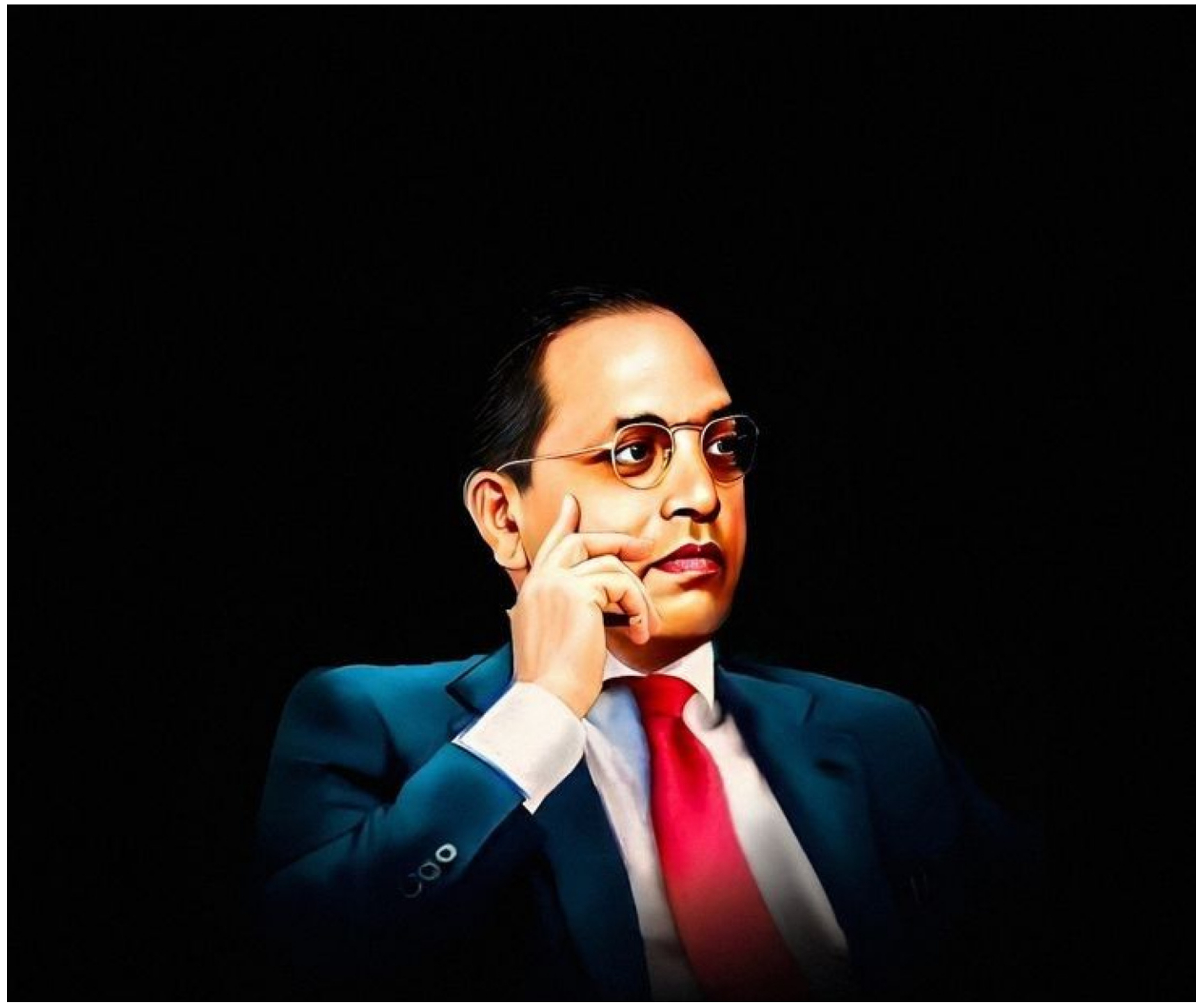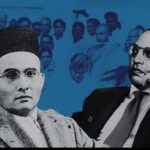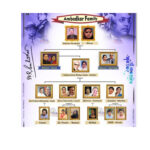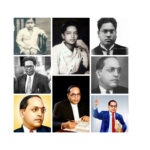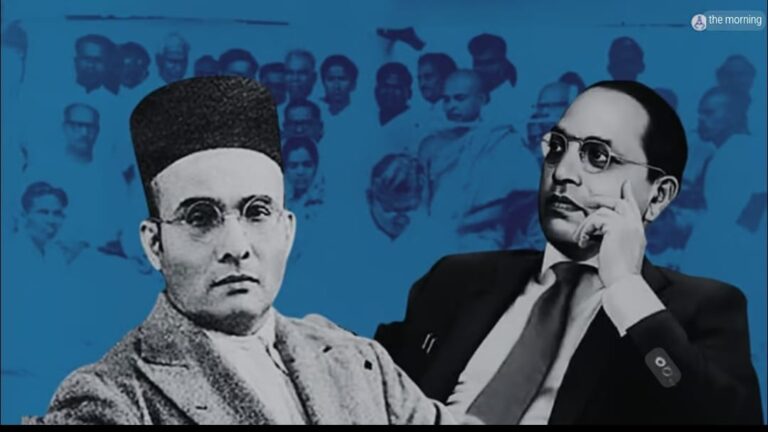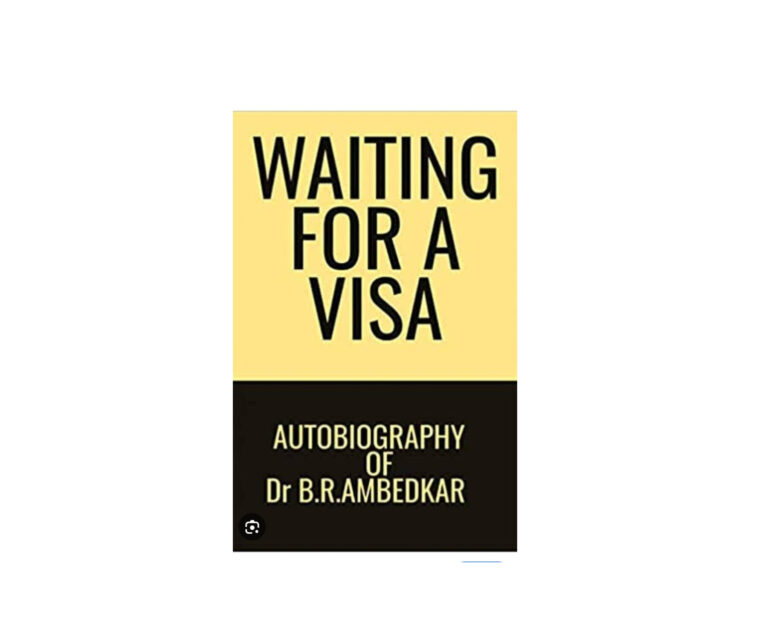Who Was Ambedkar?
If someone asked you, “Who was Dr. B.R. Ambedkar?” what would you say? A leader? A lawyer? The father of India’s Constitution? All true—but he was so much more. To millions, he’s Babasaheb, a hero who turned pain into power. Born into a Dalit family, he faced hate most of us can’t imagine, yet he rose to shape a nation. Understanding Ambedkar isn’t just about facts—it’s about feeling his fire, his dreams, and his fight.
How do you understand a man like him? By walking through his life, his ideas, and what he left behind. From his love for books to his bold stand against caste, there’s a lot to learn. So, let’s dig in—step by step—and see what we can learn from Dr. Ambedkar today, right here in 2025 India.
The Boy Who Fought Back: Ambedkar’s Early Life
Ambedkar came into this world on April 14, 1891, in Mhow, Madhya Pradesh. His family was Mahar—a Dalit caste called “untouchable.” Imagine being a kid told you can’t sit in class or drink from the same tap as others. That was his life. Teachers made him sit outside. Kids threw stones. But Ambedkar didn’t break—he burned to prove them wrong.
His father, Ramji Sakpal, a soldier who loved learning, taught him to read. By age 10, little Bhim was hooked on books—history, stories, anything he could find. He studied hard, finishing school in Bombay, then college at Elphinstone. Later, he sailed to America and England, earning degrees from Columbia University and the London School of Economics. How to understand Ambedkar? Start here: he turned every “no” into a “yes” with grit and brains.
His Big Fight: Against Caste and Injustice
Ambedkar didn’t just want to escape his struggles—he wanted to end them for everyone. Caste was his enemy. In India back then (and even now), it split people—some “high,” some “low,” just because of birth. He saw Dalits beaten, starved, and shunned. “This isn’t fair,” he thought. So, he fought.
In 1927, he led the Mahad Satyagraha in Maharashtra. Dalits weren’t allowed to use a public tank—Ambedkar marched thousands there to drink. In 1936, he wrote Annihilation of Caste, a book slamming caste rules. He burned the Manusmriti—a text that called Dalits dirty—saying, “Enough!” Understanding Ambedkar means seeing this fire—he wasn’t quiet; he roared for justice.
The Constitution Man: Building a Fair India
Ever wonder who made India’s laws equal? That’s Ambedkar. In 1947, he became the chief of the Constitution’s drafting team. For three years, he worked day and night, reading laws from America, England, and more. He gave us Article 14—equality for all, no matter your caste or faith. Article 17 banned untouchability. These weren’t just words; they were his promise.
He didn’t stop there. He pushed for women’s rights with the Hindu Code Bill—letting them divorce and own land. What can we learn from Dr. Ambedkar here? He believed laws could lift the weak, not just protect the strong. In 2025, with caste fights still in places like Tamil Nadu, his work feels alive.
Books and Buddha: Ambedkar’s Mind and Heart
Ambedkar loved books—over 50,000 filled his Mumbai home, Rajgriha. He read everything—history, law, even Karl Marx. “Education is power,” he said, and he lived it. But he also searched for peace. Hinduism hurt him with caste, so he looked elsewhere.
In 1956, he found Buddha. On October 14 in Nagpur, he led 500,000 people—mostly Dalits—to become Buddhists. Why? Buddha said everyone’s equal, no high or low. Ambedkar wrote The Buddha and His Dhamma, his last book, making Buddhism simple and strong. Understanding Ambedkar means knowing this: he didn’t just fight—he healed too.
What He Faced: The Hard Truth
Life wasn’t kind to Ambedkar. In school, he sat on the floor. At work, clerks threw files at him, afraid to touch a Dalit. Even as a big leader, some mocked him. But he kept going. In 1956, sick and tired, he died at 65—yet his ideas never faded. Let me tell you one thing,
Whenever you feel hopeless in life, just read Babasaheb once.
At 6, he lost his mother.
At 22, his father passed away.
At 26, his son and brother died.
At 27, his daughter left him.
At 31, another son was gone.
Four children sacrificed.
At 36, his wife died.
Babasaheb never put his family first—instead, he saw the whole society as his family and worked for it. That’s why today, Babasaheb rules the hearts of crores.
If you’re not alive for dignity, respect, and self-pride—if you’re just here for two meals a day—then there’s no difference between you and an animal!
Those who read Babasaheb, will break free from slavery, fight Manuvad, and move forward.
Those who gave us the right to learn—if we don’t read about them, then our learning is useless. read to understand him, to learn from him.
What can we learn from Dr. Ambedkar? The pain didn’t stop him; it fueled him.
Ambedkar Today: Why He Still Matters
In 2025, India shines with cities and tech, but shadows remain. Over 20% of rural kids drop out of school (2024 data). Jobs skip the poor. Ambedkar’s voice cuts through: “Educate, Agitate, Organize.” That’s his slogan—learn, fight, unite. At Chaitya Bhoomi in Mumbai, lakhs gather yearly, chanting Jay Bhim. His statues dot villages—blue suit, book in hand.
How to understand Ambedkar today? Look around. He’s in the student reading his words, the worker striking for pay, the girl demanding school. He’s not history—he’s now.
Conclusion: A Man for All of Us
Understanding Ambedkar isn’t hard once you see him clearly. He was a boy who defied hate, a scholar who loved books, and a leader who built fairness. From Mhow’s dust to Delhi’s laws, he showed us what one person can do. In 2025, as we face old fights in new ways, his lessons stick: learn to grow, stand to win, join to rise.
Dr. Ambedkar once said, “I measure the progress of a community by the progress of its women.” Let’s measure ours by how we live his dream—equal, strong, free. So, next time you hear Jay Bhim, smile. It’s him, calling you to understand—and act.
